10 Best Herbal Lozenges For Infection

Herbal lozenges are natural remedies commonly used to alleviate symptoms of throat infections and sore throats by incorporating plant-based ingredients such as echinacea, licorice root, and sage.
These lozenges work by soothing inflamed tissues, reducing pain, and potentially boosting the immune system to help the body fight off infections more effectively. Many herbal lozenges are free from synthetic additives, making them a preferred choice for individuals seeking natural alternatives to over-the-counter medications. They are often recommended for mild to moderate throat infections, though they may not replace prescription treatments for severe cases.
Overall, herbal lozenges can provide symptomatic relief and support recovery when used as part of a holistic approach to health care.
FREE Herb Drying Checklist
How to make sure every batch retains maximum flavor, color, and aroma without the risk of mold or over-drying. Eliminate guesswork and trial-and-error, making herb drying faster, easier, and more efficient every time.
Table of Contents
1. Zingiber officinale
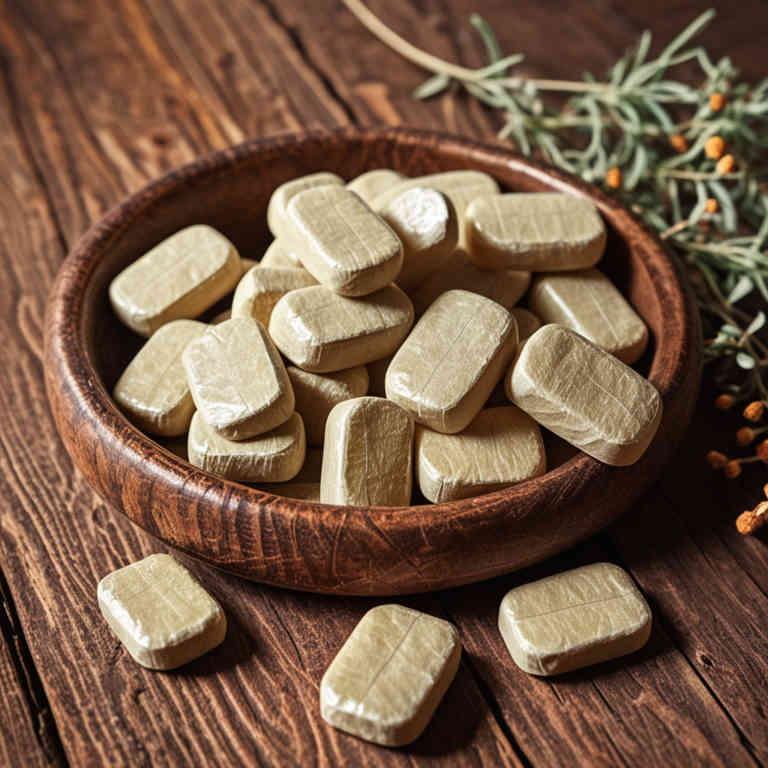
Zingiber officinale, commonly known as ginger, has been traditionally used for its anti-inflammatory and antimicrobial properties, making it a popular ingredient in herbal lozenges for treating infections.
These lozenges are often formulated to soothe sore throats and reduce symptoms associated with respiratory infections such as colds and flu. The active compounds in ginger, including gingerol and shogaol, help to inhibit the growth of certain bacteria and viruses, supporting the body's natural defense mechanisms. Additionally, ginger can help alleviate inflammation and discomfort, promoting faster recovery from infections.
As a natural remedy, zingiber officinale lozenges offer a gentle and effective alternative for those seeking holistic approaches to managing infections.
2. Echinacea purpurea
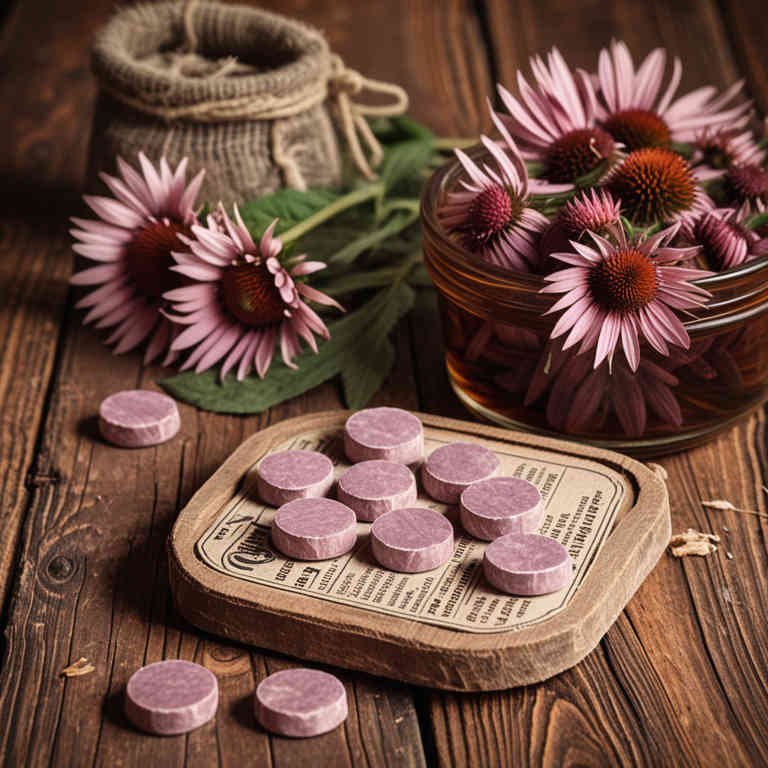
Echinacea purpurea herbal lozenges are commonly used to support the body's natural defenses against infections, particularly the common cold and upper respiratory tract infections.
These lozenges contain standardized extracts of the purple coneflower, which is known for its immune-boosting properties. Research suggests that echinacea may help reduce the duration and severity of cold symptoms by enhancing immune function and reducing inflammation. However, the effectiveness can vary depending on the specific formulation and the individual's health status.
As with any herbal supplement, it is advisable to consult a healthcare professional before use, especially for individuals with allergies or chronic conditions.
3. Salvia officinalis
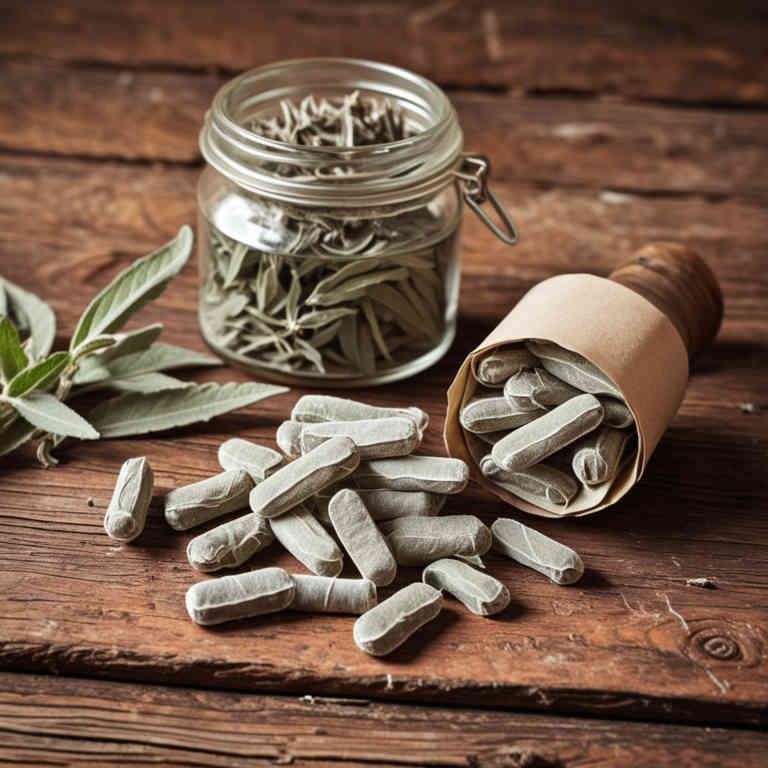
Salvia officinalis, commonly known as sage, has been traditionally used for its antimicrobial and anti-inflammatory properties, making it a popular ingredient in herbal lozenges for treating infections.
These lozenges often contain extracts of the leaves, which are rich in compounds like flavonoids and essential oils that help combat bacteria and reduce throat inflammation. Sage lozenges are frequently used to alleviate symptoms of sore throat, cough, and other upper respiratory infections due to their soothing and decongestant effects. They are generally considered safe for most adults and can be a natural alternative to conventional throat lozenges.
However, individuals with allergies to the plant family Lamiaceae should exercise caution when using sage-based products.
4. Thymus vulgaris
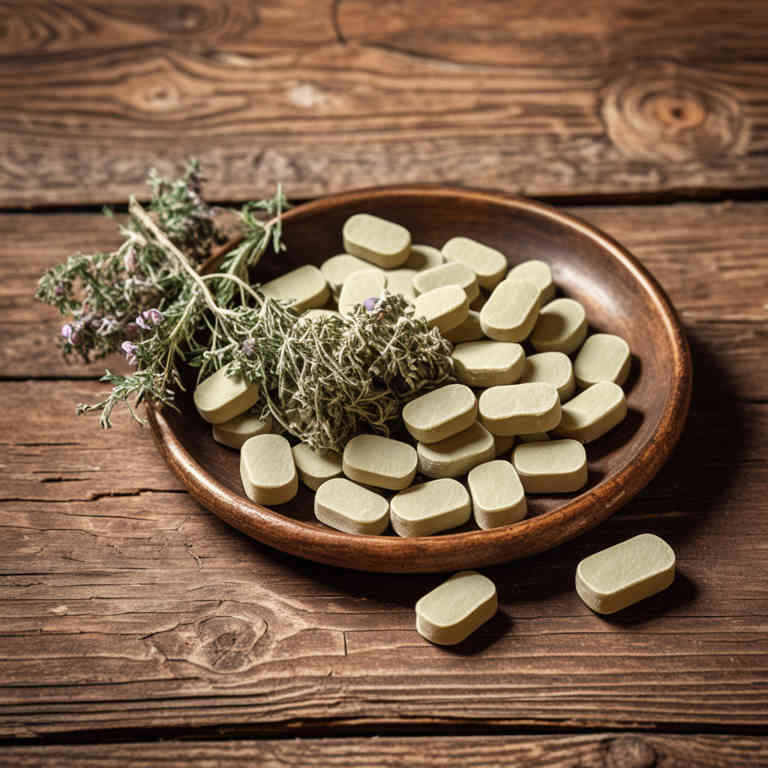
Thymus vulgaris, commonly known as thyme, is a popular herb used in traditional medicine for its antimicrobial and immune-boosting properties.
Thymus vulgaris herbal lozenges are formulated to provide relief from throat infections by leveraging the essential oils found in thyme, such as thymol and carvacrol, which have strong antibacterial and antifungal effects. These lozenges are often used to alleviate symptoms of sore throat, cough, and other respiratory infections due to their soothing and decongestant properties. The natural compounds in thyme also help reduce inflammation and support the body's natural defenses against pathogens.
As a natural remedy, thymus vulgaris lozenges offer a safe and effective alternative for those seeking herbal support for minor infections.
5. Glycyrrhiza glabra
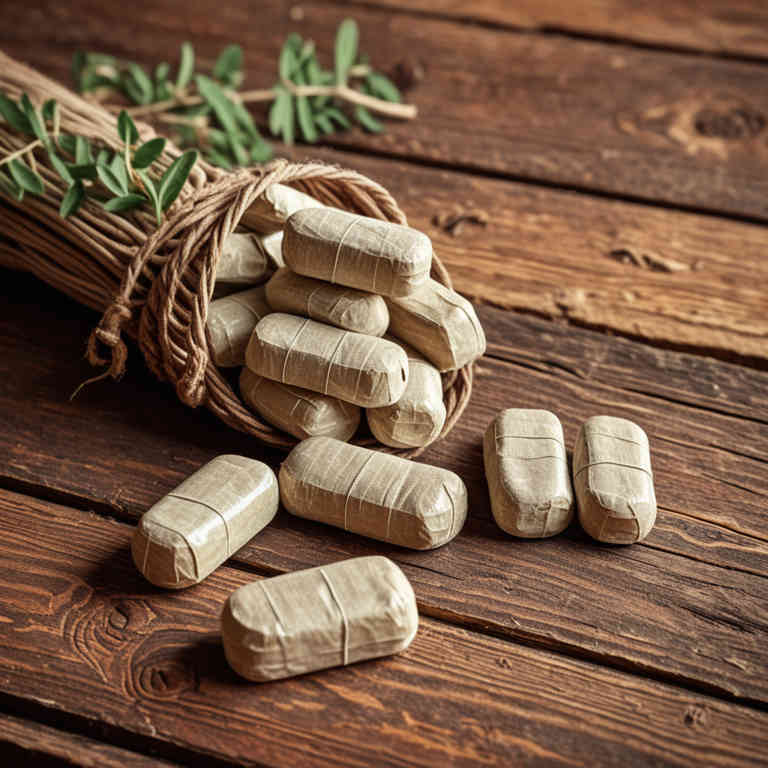
Glycyrrhiza glabra, commonly known as licorice, has been traditionally used for its soothing and anti-inflammatory properties, making it a popular ingredient in herbal lozenges for respiratory infections.
These lozenges contain glycyrrhizin, a compound that may help reduce inflammation in the throat and inhibit the growth of certain pathogens. The expectorant effects of licorice can aid in clearing mucus, providing relief from coughing and congestion associated with colds and upper respiratory infections. However, long-term use of licorice-containing products may lead to side effects such as hypertension due to its mineralocorticoid-like effects.
As a complementary therapy, glycyrrhiza glabra lozenges can support symptom relief but should be used under the guidance of a healthcare professional.
6. Foeniculum vulgare
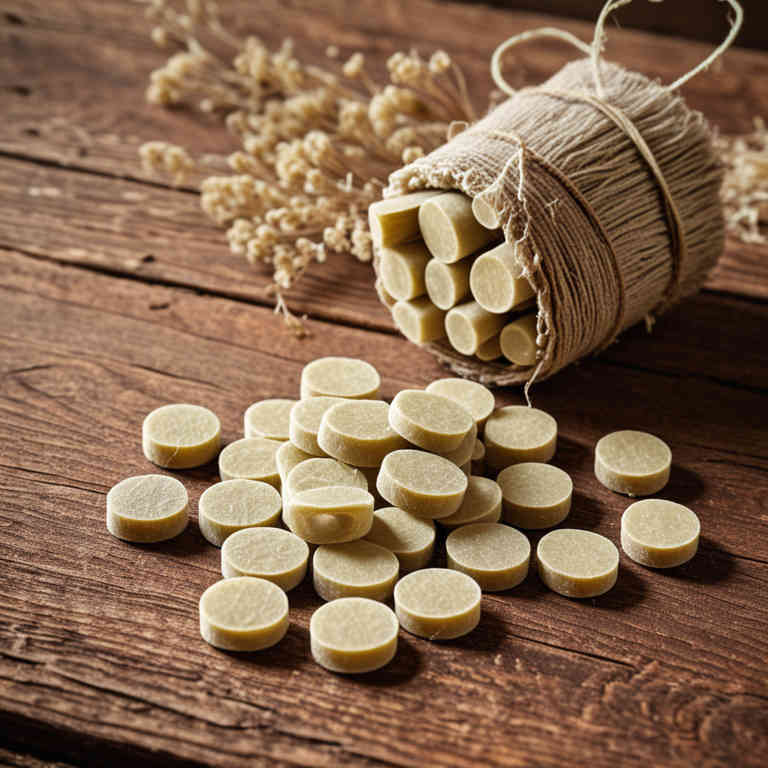
Foeniculum vulgare, commonly known as fennel, is often used in herbal lozenges to support respiratory health and alleviate symptoms of infections such as coughs and sore throats.
These lozenges contain essential oils like anethol, which have antimicrobial and anti-inflammatory properties that may help reduce the severity of infections. The warming effect of fennel can soothe irritated mucous membranes and ease discomfort associated with throat infections. While they are not a substitute for medical treatment, fennel lozenges may offer natural relief for mild infections when used as part of a holistic approach.
It is important to consult a healthcare professional before using herbal remedies, especially for persistent or severe infections.
7. Mentha piperita
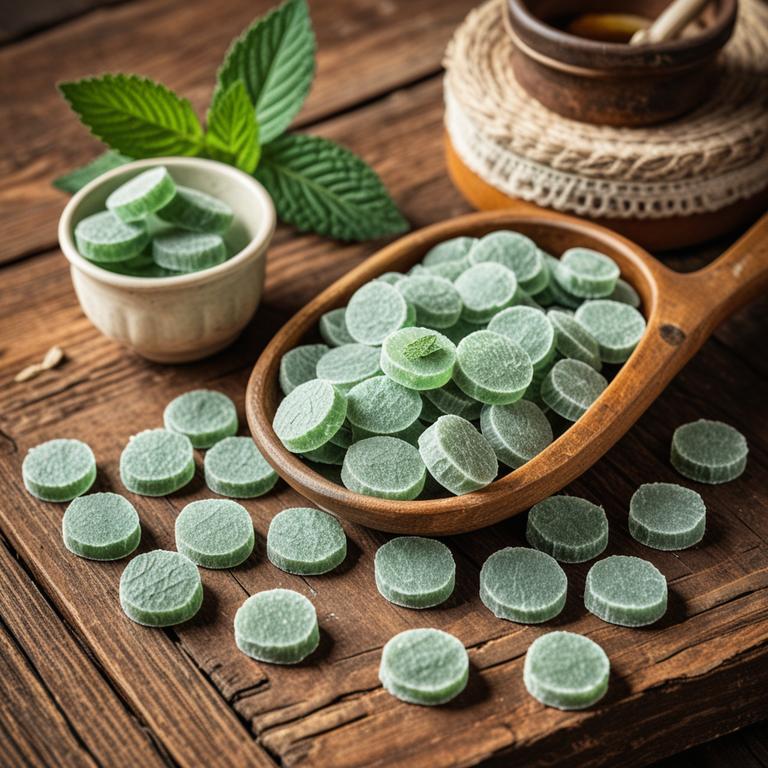
Mentha piperita, commonly known as peppermint, is often used in herbal lozenges to help alleviate symptoms of respiratory infections due to its soothing and antimicrobial properties.
These lozenges can provide relief from sore throat, cough, and nasal congestion by promoting expectoration and reducing inflammation in the throat. The menthol content in peppermint lozenges creates a cooling sensation that can numb the throat and ease discomfort. Additionally, peppermint has been shown to have mild antiseptic and decongestant effects, which may support the body's natural defenses against infections.
While not a cure, these herbal lozenges can be a beneficial complementary treatment when used alongside other conventional remedies for mild infections.
8. Cinnamomum verum

Cinnamomum verum, commonly known as true cinnamon, contains essential oils and phytochemicals that exhibit antimicrobial and anti-inflammatory properties, making it a valuable ingredient in herbal lozenges for treating infections.
These lozenges are often used to soothe sore throats and reduce symptoms associated with respiratory infections due to their warming and decongestant effects. The active compounds in cinnamon, such as cinnamaldehyde and eugenol, help inhibit the growth of bacteria and viruses, supporting the body's natural defenses. Herbal lozenges made with Cinnamomum verum are typically recommended for their mild, pleasant flavor and ability to provide prolonged relief without harsh side effects.
As a natural remedy, cinnamon-based lozenges can be a beneficial addition to a holistic approach for managing mild infections and promoting respiratory health.
9. Sambucus nigra
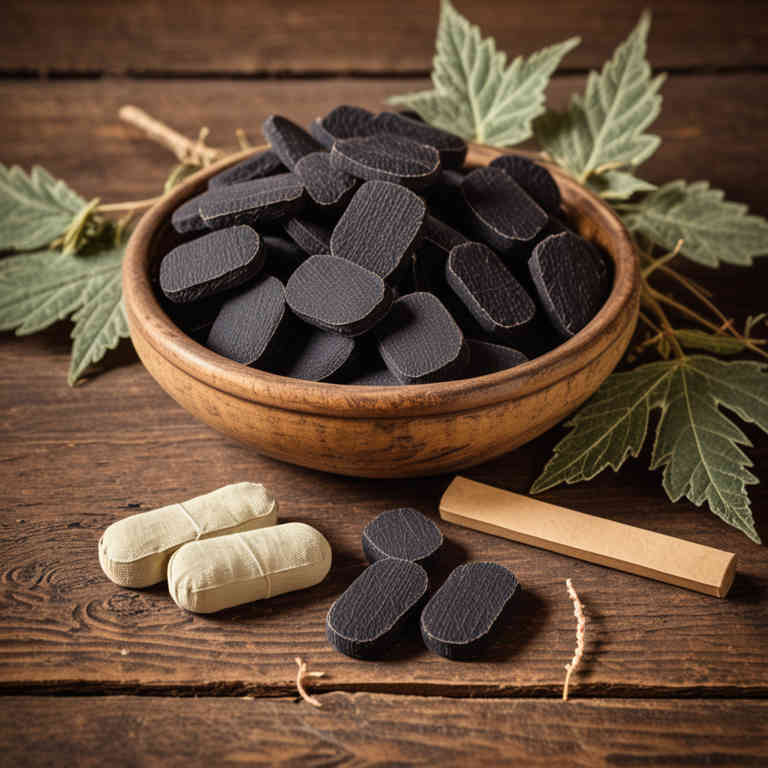
Sambucus nigra, also known as European elderberry, is a popular herbal remedy commonly used in the form of lozenges to support the immune system and alleviate symptoms of respiratory infections.
These lozenges are typically made from dried elderberries, which are rich in antioxidants, vitamins, and flavonoids that may help reduce inflammation and boost immune function. Studies suggest that elderberry extract may shorten the duration of colds and flu by inhibiting viral replication and enhancing the body's natural defenses. However, it is important to consult a healthcare provider before using elderberry supplements, especially for individuals with autoimmune conditions or those taking certain medications.
When used as directed, Sambucus nigra lozenges can be a natural and supportive option for managing mild to moderate viral infections.
10. Pelargonium graveolens

Pelargonium graveolens, commonly known as geranium, is a herbal plant whose essential oil has been traditionally used for its antimicrobial and anti-inflammatory properties.
Pelargonium graveolens herbal lozenges are formulated to provide soothing relief for sore throats and respiratory infections by leveraging the plant's natural compounds. These lozenges may help reduce symptoms associated with viral or bacterial infections by inhibiting the growth of pathogens and promoting healing in the throat. The aromatic compounds in the lozenges also offer a refreshing sensation, making them a pleasant option for regular use.
However, it is important to consult with a healthcare professional before using these lozenges, especially for individuals with known allergies or underlying health conditions.